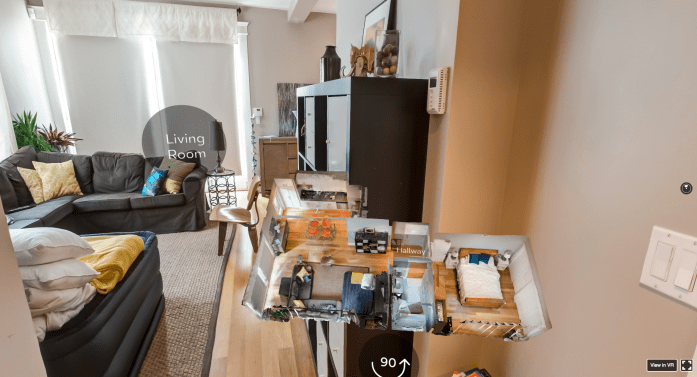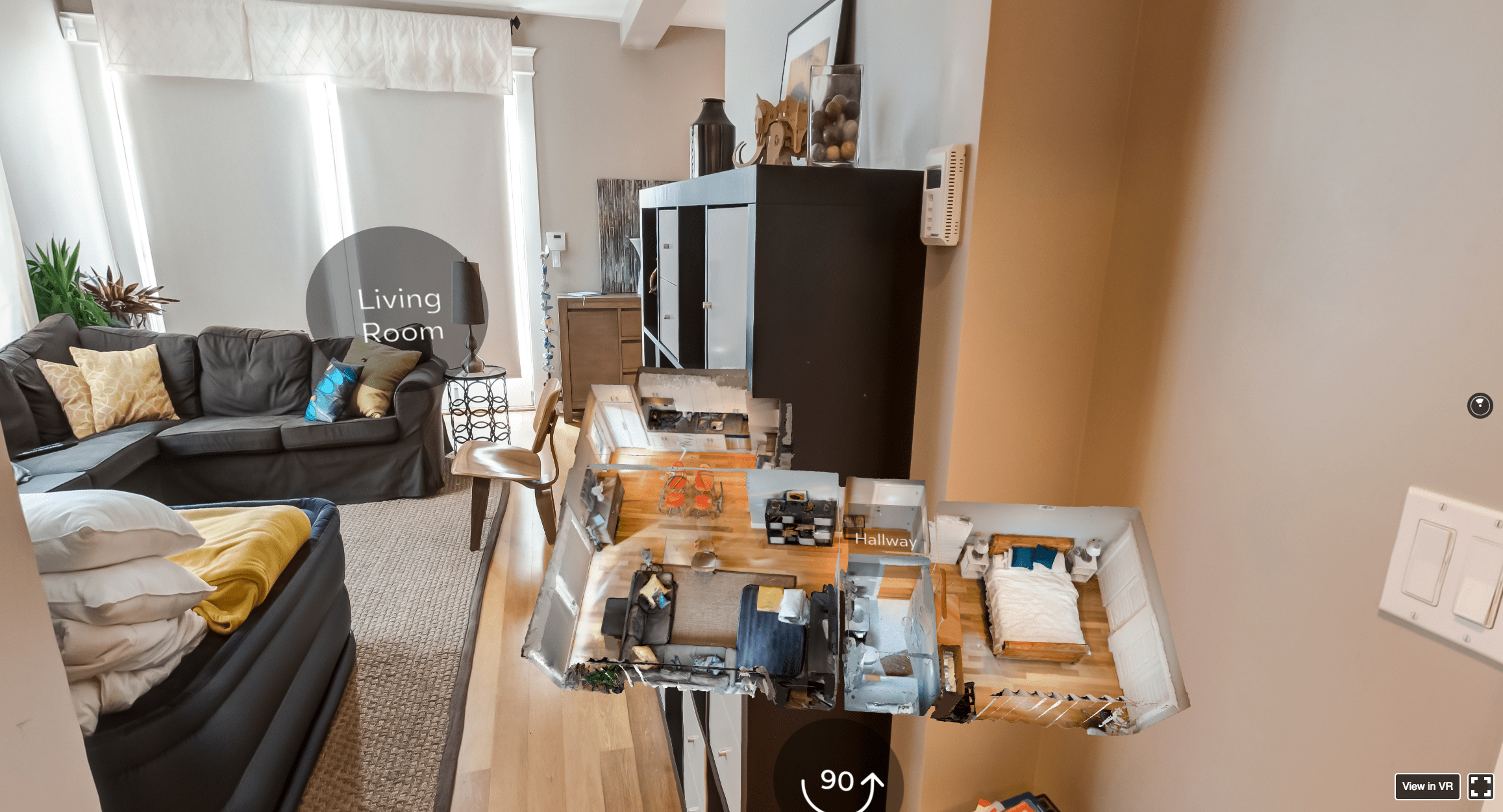At Airbnb, we build technology to push our mission forward to empower guests, hosts, and local communities. Technology powers everything we do—from online interactions on our platform to offline connections in homes, on trips and with different communities across the globe. Technology allows us to increase real-world connections and create more authentic, immersive travel experiences.
There was a time when the only easy travel option was to get to a city, take a shuttle bus to a hotel, and book attractions in the brochures in the lobby. With the introduction of the internet, people started researching and discovering diverse, unique places and experiences they otherwise wouldn’t have found. Mobile technology took this a step further, allowing people to be more adventurous when they arrive. Rather than being locked into a rigid tourist flow, travelers can get lost (and found, thanks to GPS-based map apps), explore, and enjoy the serendipity of last-minute decisions. Today, when traveling, people can live like locals in a downtown apartment in the arts district, eat at local cafes and take classes from homegrown artists—today’s travel is experiential travel.
As mobile technology progresses, immersive technologies like virtual reality and augmented reality are giving us new and powerful tools to reduce the barriers to travel and the inherent friction that comes with it.
| What’s virtual reality? | Augmented reality – huh? |
| Virtual reality uses technology (like smartphones and headsets) to present our senses with a computer-generated virtual environment that we can explore and interact with. | Augmented reality overlays elements of the virtual world into the real world, enhancing the things we see, hear, and feel. |
Since these technologies are in early stages, our work is focused on experimenting and prototyping to find new ways to improve the Airbnb experience for our community. We’re most interested in two areas: virtual reality before a trip, and augmented reality during it.
Before a trip
Virtual reality gives us an opportunity to reshape where inspiration is drawn from, and take travel planning to the next level. It can also allow people to connect with their destination, host, and co-travelers. Capabilities like 360 photos and 3D scans allow a person to step inside a home or city and understand what to expect and how to orient themselves before they leave the comfort of their own home.

Looking far into the future, virtual reality could allow guests to share more than a spreadsheet or email chain when planning travel together. Instead, they could share a virtual world together, perusing and touring destinations and home options while interacting in a more natural manner.
During a trip
With augmented reality, we’re looking at ways to make travel more seamless, reducing obstacles to having a transformative experience. The more immersed a traveler is in a new place, the more they’ll learn about the people and culture. While this is often delightful and transformative, it can also be stressful when someone doesn’t know how to unlock the door or turn on the hot water for a shower, or when they’re hopelessly lost and everything is in a foreign language.
Augmented reality and related technologies let us recognize surroundings and provide contextual, timely information to navigate these pain points. Just think how welcome, pulling up directions to the coffee mugs on a mobile device will be first thing in the morning. Or, instant translations on how to work that German thermostat.
Augmented reality can also breathe life into a space and tell the story behind the personal items to connect a traveler with their host and a new city in richer, more immersive ways.
Some may say virtual and augmented reality technologies could isolate people even further—but we’re building tools for the opposite effect. The strength of virtual reality is to create fictional, inspirational, shared spaces —allowing us to connect more deeply in situations where we’re already remote or separated. Augmented reality relieves stress and overhead in real-life situations, allowing us to more boldly explore new situations and experiences.
As these new technology platforms progress to the point where they be adopted by many, we’re excited about continuing our work to test use cases, prototype and hack. We want to make sure anything we introduce really brings value to guests, hosts and the communities to and from where they travel. All of this requires, experimentation, iteration, and technological evolution—so stay tuned.
*All photos featured within this post by Airbnb and GeoCV.

